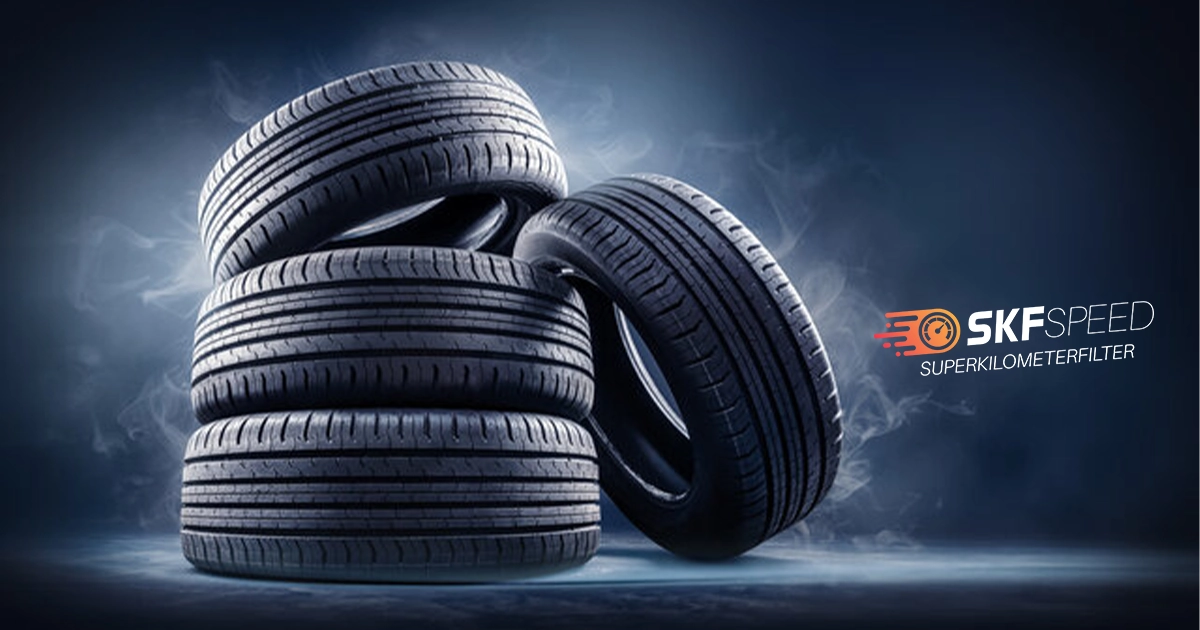
Are you trying to figure out what the best time is to replace your tires? If so, understanding how long the new tires mileage typically lasts can really help. Your tires are crucial for your car’s safety, fuel efficiency, and overall performance. If you don’t know everything about it, don’t worry! Even experienced drivers can sometimes struggle to know when it’s time to replace them.
In this blog, we will discuss how many miles a tire should last, the major factors affecting its lifespan, and what signs you should look for when it’s time for replacements. We’ll also analyze real data, practical tips, and steps to make your tires last longer.
On average, you should get new tires between 50,000 and 70,000 miles. This number works for most all-season tires as they usually last 50k to 70k miles. However, the exact range can vary depending on various factors such as the brand, tire type, road conditions, and your driving style.
Let’s take a look at how new tires mileage can vary by type:
| Tire type | Average lifespan |
|---|---|
| All-season | 60,000–85,000 mi |
| Summer Performance | 20,000–40,000 mi |
| All-terrain | 40,000–60,000 mi |
| Winter/Snow Tires | 30,000–40,000 mi |
| High-performance | 20,000–30,000 mi |
What this data reveals is that, in general, if you drive around 12,000 to 15,000 miles per year (which is the average in the United States), you should replace tires roughly every 4–5 years. Of course, these numbers are not universal. Certain circumstances and personal experience can affect the general trend. However, you can use it as a general guideline to follow for maintaining the optimal intervals between changing your vehicle’s tires.
Yes, you heard it right, brand-new tires can cause a slight drop in fuel economy at first. Do you know why it happens? When you get new tires, you might notice a slight dip in your mileage. This happens because the deeper tread on the tires creates more rolling resistance, which makes your engine work a little harder. Don’t worry, this is just a temporary change and will improve as your tires wear in.
I know it sounds strange, but a decline in gas mileage isn’t a bad sign. It’s how tires work. Once you’ve completed the break-in period, typically around 500 miles, you’ll notice a decrease in resistance. Hence, it will lead to an improvement in your fuel economy as well.
Remember that sometimes tires aren’t the main issue, and the initial cause can be inflation. For example, did you know that even a small drop of just 1 PSI in tire pressure can impact your fuel economy? According to the U.S. Department of Energy, it can lead to a reduction of up to 0.3%. Thus, you should check your tire pressure, and it will help you save on fuel.

Every vehicle has its history and experience, so no two cars are exactly the same. Here are the factors that affect your tires’ longevity:
Driving habits are shining examples of how personal experience can change the overall condition of a vehicle. People who accelerate quickly, brake hard, or take turns quickly will wear tires faster. If you imagine a case where two people have the same car but they drive differently, their cars will be in completely different conditions. The one who drives smoothly would have a perfectly operating car. Meanwhile, the second person with aggressive driving patterns most likely would have several car-related issues.
It is not a surprise that road conditions will hugely affect your tires’ lifespan. Paved, well-maintained roads are ideal. But not every area has roads in ideal conditions that will damage tires. Also, living in rural or snow-prone areas wears out tires faster.
Different tires are built for different jobs. Even if you use good-quality tires, if they are meant for a different terrain or load, it will still harm your vehicle. High-performance tires grip better but tend to wear out quickly. All-season tires strike a better balance between performance and lifespan. So, you need to carefully choose your tires based on your needs, which will increase the efficiency of your automobile.
Maintenance is key when it comes to taking care of vehicles. Simple habits will make a huge difference in the end. You just need to:
Even unused tires degrade over time. Most manufacturers recommend replacing tires every 6 to 10 years, regardless of tread depth, due to rubber breakdown from sunlight, heat, and moisture.
You can generally anticipate around 50,000 to 70,000 miles from a quality set of all-season tires. However, factors such as the type of vehicle you own, your driving habits, and the specific tires chosen can influence this mileage.
Let’s look at different car brands and the average tire mileage that owners report under normal driving circumstances below.
| Car Brand | Typical Tire Lifespan (Miles) |
|---|---|
| Toyota | 60,000–75,000 |
| BMW | 30,000–50,000 |
| Mercedes-Benz | 35,000–55,000 |
| Volkswagen | 50,000–65,000 |
| Audi | 35,000–55,000 |
| GMC | 45,000–65,000 |
| Tesla | 30,000–40,000 |
You need to change your car tires once they reach 50,000 miles or after 4-5 years. However, even if your tires haven’t hit their mileage limit, there can be other signs that it’s time for a change.
Here are tips: replace your tires if
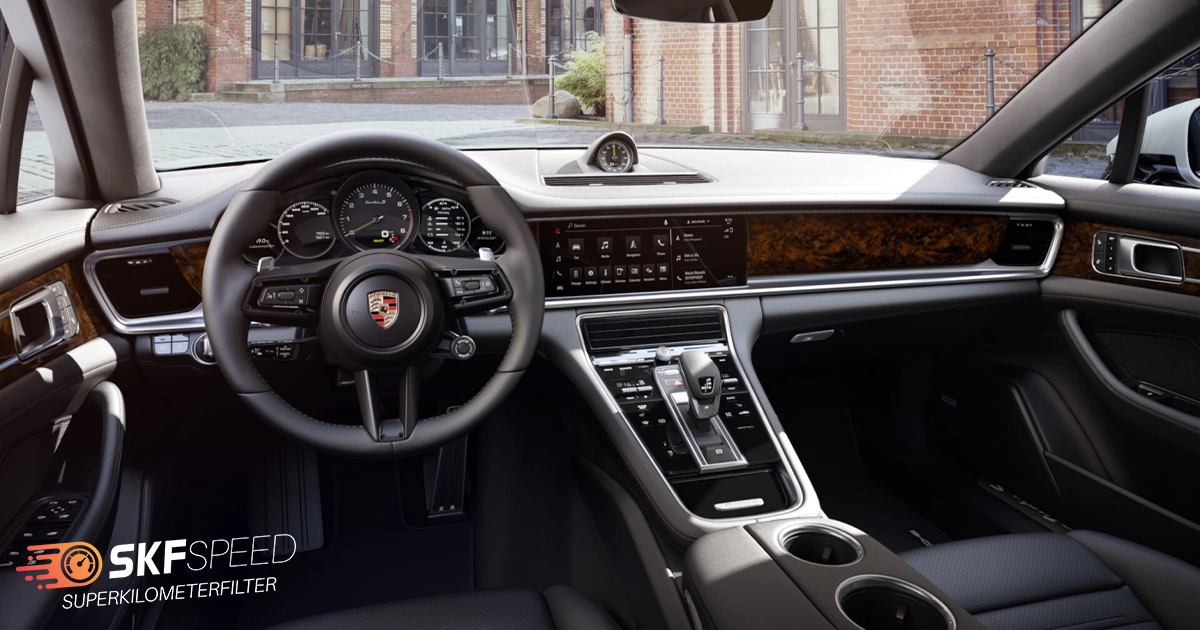
With optimal driving conditions and proper maintenance, the new tires mileage should be between 50,000 and 70,000 miles. So, new tires should last at least 50,000 miles without an issue.
To evaluate tire performance, mark the date and mileage when you installed your new set. Track this information and check if it aligns with accepted standards. For example, if you bought a vehicle in 2022 with new tires at 30,000 miles. If you’re averaging 12,000 miles/year, your next tire swap should happen in 2026 at around 78,000 miles.
Unfortunately, the mileage that is shown on the odometer is not always correct. Odometer fraud is still a big issue in many states. The tricky part is that people use different methods and devices for it. Some change the cluster, reprogram it, or disconnect it for long trips. In order to identify the real issue, you should inspect the full vehicle history and don’t rely solely on dashboard numbers.
As we discussed, you need to check all the essential components of the vehicle to identify the issue. These are the major steps that will help you detect the issue.
A Mileage blocker is a cutting-edge device designed to prevent your vehicle from recording mileage while it’s in motion. The mileage blocker is an ideal tool if you’re planning to test your car professionally.
The SKF mileage blocker is made of high-quality materials that guarantee flawless performance even under harsh weather conditions. It also comes with a user-friendly mobile app, letting you control it directly from your phone. We have even better news for you! It has straightforward, clear step-by-step instructions, so there’s no need to visit a mechanic.
Best of all, it’s completely undetectable by diagnostic tools or manual inspections. You can order a mileage blocker online anytime. For any further information, you can reach out to the customer service department or visit our support section.
New tires mileage is essential for your vehicle’s overall performance, safety and following the maintenance. Proper tire care and routine inspections can significantly increase the longevity of your tires. Therefore, always follow maintenance guidelines, don’t ignore the irregularities and monitor your vehicle’s performance for the best driving experience.
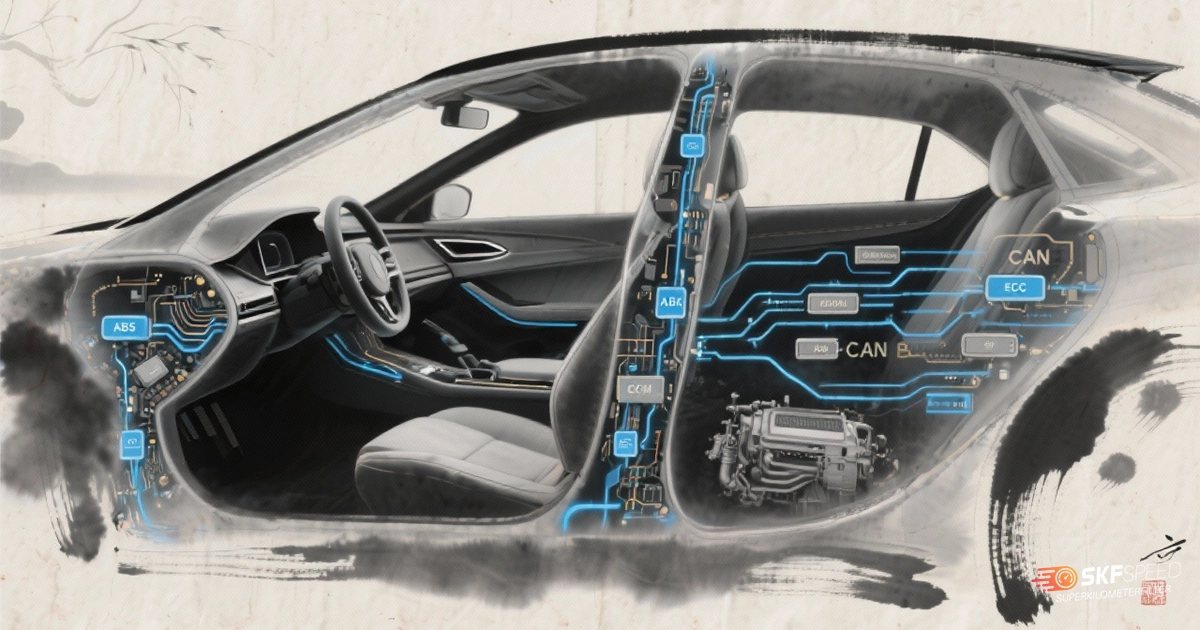


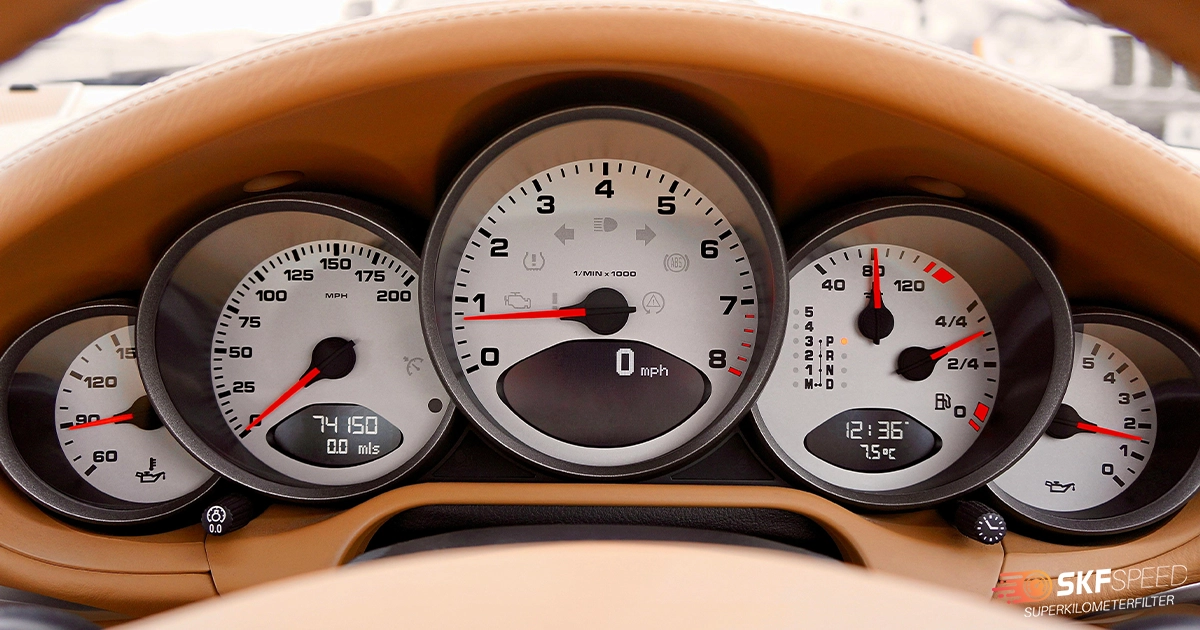
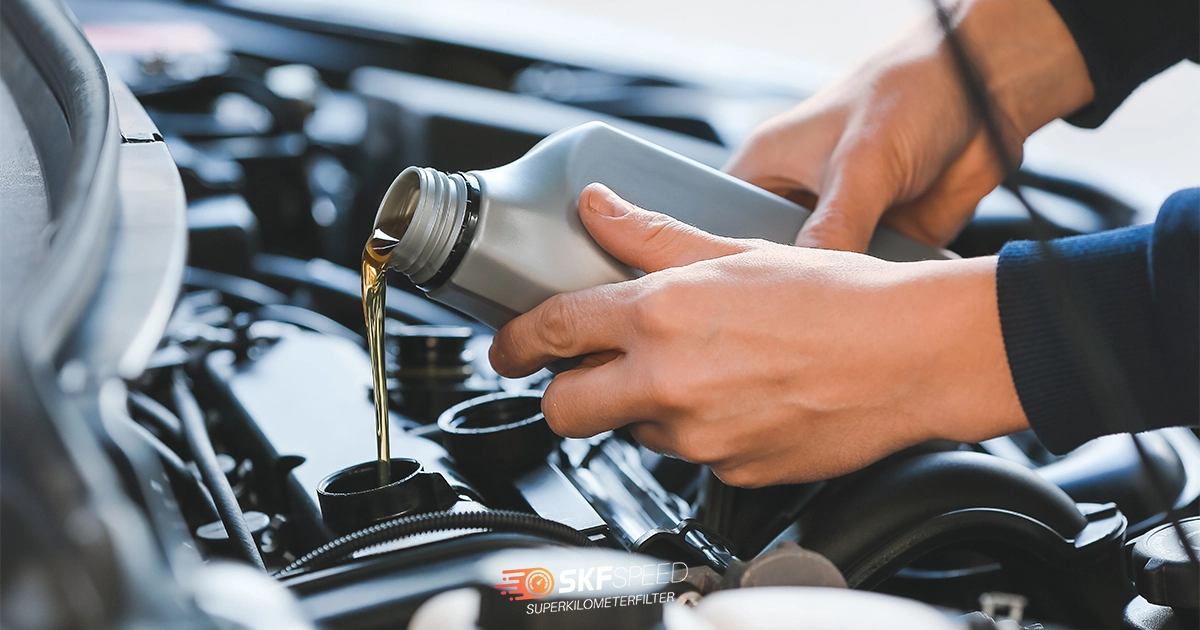

Here you will find all the details about our company
Here you will find shipping and return related information
Here you will find information on all technical questions
Here you will find helpful information about installation